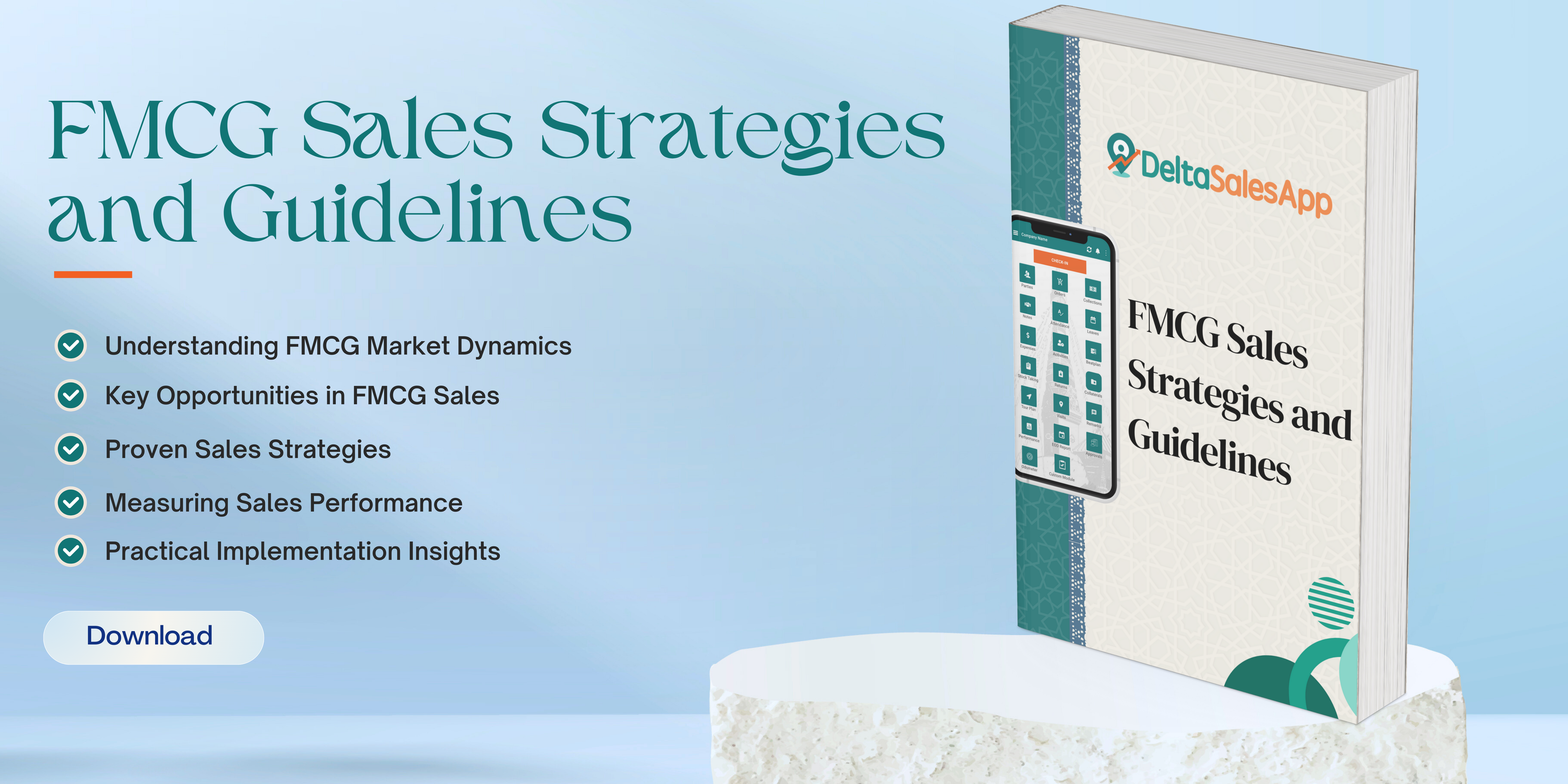Customer Lifetime Value (CLV)
What is Customer Lifetime Value (CLV) ?
Customer Lifetime Value (CLV) is a crucial metric in business that measures the total revenue a company can expect from a customer throughout their relationship. By understanding CLV, businesses can make informed decisions about marketing investments, customer retention strategies, and overall profitability. This article explores the importance of CLV, its calculation, and ways to enhance it for long-term business growth.
Importance of CLV
CLV is significant because it helps businesses:
Optimize Marketing Spend: Companies can allocate resources efficiently by targeting high-value customers.
Improve Customer Retention: Retaining existing customers is often more cost-effective than acquiring new ones.
Enhance Profitability: A high CLV indicates a strong relationship with customers, leading to increased revenue and reduced churn.
Support Business Growth: Understanding CLV helps in setting realistic sales and customer service strategies.
How to Calculate CLV
There are various methods to calculate CLV, but a simple formula is:
CLV = (Average Purchase Value) × (Purchase Frequency) × (Customer Lifespan)
Average Purchase Value: The total revenue divided by the number of purchases.
Purchase Frequency: The number of purchases a customer makes within a given period.
Customer Lifespan: The duration (in years) a customer continues to buy from the company.
For a more detailed approach, businesses often use the Discounted CLV Model, which accounts for the time value of money by applying a discount rate to future revenues.
Strategies to Increase CLV
Enhancing Customer Experience: Providing excellent customer service, personalized interactions, and seamless shopping experiences can encourage repeat business.
Loyalty Programs: Rewarding customers for their continued purchases fosters brand loyalty.
Upselling and Cross-selling: Encouraging customers to buy higher-value products or complementary items increases their spending.
Personalized Marketing: Tailoring promotions and content based on customer preferences improves engagement and conversion rates.
Reducing Churn: Identifying at-risk customers and offering incentives or support can help retain them.
Quality Products and Services: Ensuring high product quality and consistent service fosters long-term customer relationships.
Real-World Applications of CLV
Many businesses use CLV to refine their strategies:
E-commerce: Companies like Amazon use CLV to personalize recommendations and optimize ad spending.
Subscription-Based Services: Netflix and Spotify leverage CLV to enhance user retention through tailored content and offers.
Retail and Banking: Banks analyze CLV to segment customers and offer personalized financial products.
Conclusion
Customer Lifetime Value is an essential metric for businesses aiming for sustainable growth. By understanding and optimizing CLV, companies can make data-driven decisions that enhance customer relationships, improve retention, and maximize profitability. Investing in strategies to boost CLV not only benefits revenue but also strengthens brand loyalty, ensuring long-term success in competitive markets.






